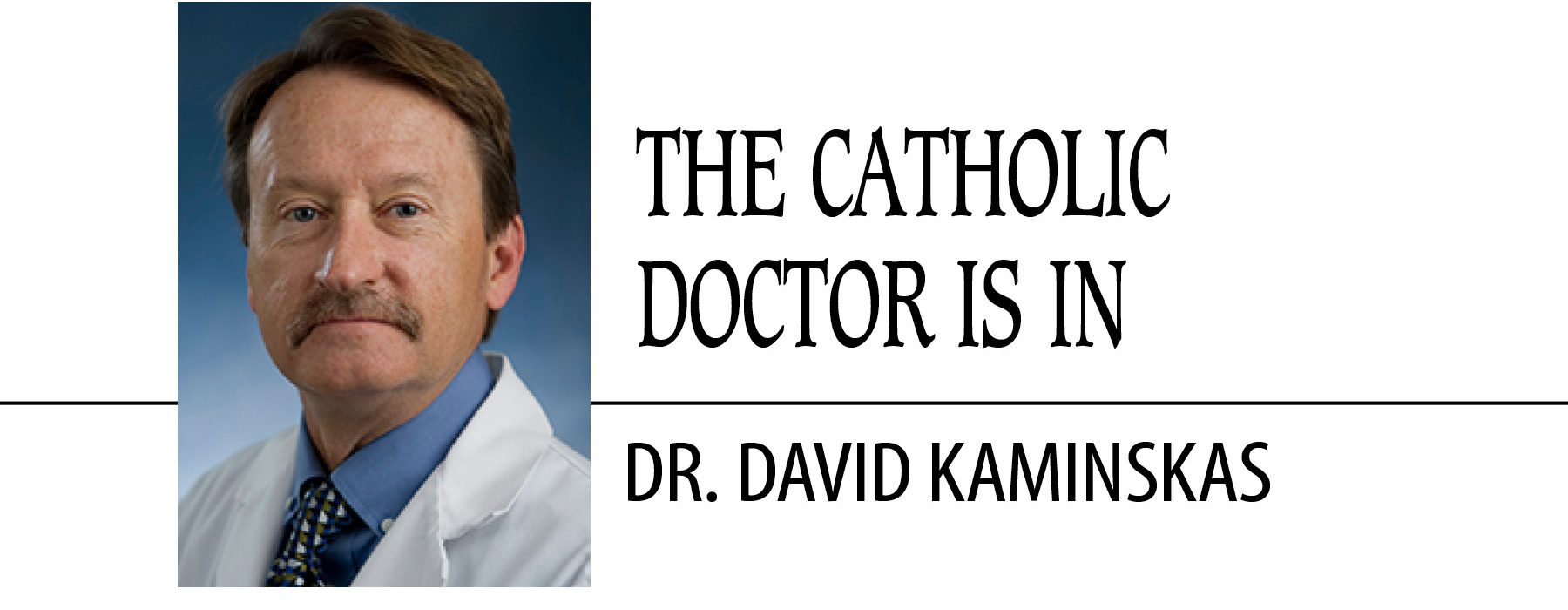May 13, 2020 // Perspective
Medical care has changed forever
The COVID-19 pandemic has impacted medical care in a drastic way. I was told by my administration soon after the virus hit the Northern Indiana area to begin to change most of my patient encounters to a video conference or a phone call. These are called telehealth or telemedicine visits. This was recommended to protect my patients, my staff and me as well.
To put it mildly, I was reluctant. Being the senior cardiologist in our group, I had never done a patient visit other than face to face in the office. I was trained by some of the best clinicians in the United States at Ohio State University, and to me it was nearly unthinkable to assess someone without doing a good physical examination. I can still remember how thoroughly I was taught not only to examine the entire body, but especially the heart.
I can flash back to when I was a senior medical student on a cardiology rotation at University Hospital at OSU. I was with my attending physician on rounds on the heart floor when he said to me: “Kaminskas, give me your stethoscope. Now go into that room and use only your sense of touch to examine the patient. Do not come out until you know the diagnosis.” About 20 minutes later, I caught up to my attending physician and told him the patient had severe aortic valve stenosis. He asked me to explain to the other students on rounds with him how I came up with that diagnosis without being able to listen to the heart. There were two important clues. When I put my fingers on the carotid artery there was a slow upstroke of the pulse and I could feel a slight vibration in the artery. Then, when I palpated the heart by putting my hands on the chest, I felt a thrill over the aortic valve area. This is not the same kind of thrill you get from riding a roller coaster! Rather, it is a subtle vibration that can be felt in individuals that have severe narrowing of the aortic valve. It is caused by the turbulence made by the blood flowing through the very narrow valve orifice. This is one example of why I want to examine my patients when I see them in office.
Because of the COVID-19 pandemic, I am currently assessing about 70% of my patients with video technology or by phone call. These are mostly stable patients getting routine checkups, who within the last six months have had a good examination by me. I really do not want to evaluate new patient consultations unless I can see and examine them, though. I am concerned that I could miss a significant finding on exam that would make a big difference in my treatment plan. An example of this would be missing a severe heart valve problem that could mean the patient’s demise in just a few months if not accurately diagnosed and treated. Because of the pandemic, many of my colleagues are currently evaluating nearly 100% of their patients without seeing and examining them.
We are learning that many of the in-office encounters that have been done for years can be successfully accomplished with a video conference or phone call. Discussing the results of recent testing is one good example. This strategy would save patients their travel time as well as the potentially long wait time in the waiting room. Although it is not as big of a concern in a cardiologist’s waiting room, I have been told by many of my patients that when they see their primary care provider they always worry that they are sitting shoulder to shoulder with all kinds of sick patients with possible communicable diseases. Certainly, during this COVID-19 crisis, we must avoid this type of exposure.
So, what does the future hold? I would predict that many physicians will continue to evaluate and communicate with a significant percentage of their patients via video conference even after the pandemic is over. By the way, video will be the technology of choice because many insurance companies are currently refusing to reimburse for phone-only visits.
As for this doctor, I am looking forward to seeing my patients face to face once again. As I have said before, seeing the face of Christ in my patients is one of my most important goals. I believe it may be a little more difficult to deliver love and compassion through a video camera.
The best news. Delivered to your inbox.
Subscribe to our mailing list today.






